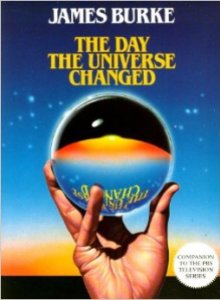“The ontological authority of painting undeniably permeates an aura seldom existent in photography, due to the residual traces applied by the artist, for instance the physical presence of pigment, the brushstrokes and the grain of the canvas.” (Norcott, 2014 p 32)
In my most recent text Does the photographic image as mimesis or simulacrum have the ability to externalise the artist’s inner emotions and/or ideas? I became transfixed with the notion of the aura (distinctive feeling that seems to surround an original artwork, for instance a painting) and its illusive impression on the spectator. Significantly explored by Walter Benjamin and John Berger, the aura remains embedded in the physical presence of an artwork, a physical presence that I feel remains absent in digital and its multitude of duplicates.
Having previously concentrated on photography and its paradoxical methodology with reality, I am now delving into design, more specifically print. Currently the transition from print to digital is a noteworthy manifestation that I plan on investigating further. A recent design week interview with renowned graphic designer Neville Brody on the publication The New British prompted an intensification of curiosity into the debate on whether “print is dead”.
Design Week: Why has the app launched now, two years after the first issue was printed?
Kez Glozier: We wanted to make the transition to digital – print is dead. Some publishers still do it as it’s a tradition, and there are some great small independent titles, but there’s no happy medium. The independent ones work because they only print maybe 100 issues, or just print them when you want them. We made the first issue print in as a marketing tool and to put our stamp on it. It’s taken a lot of time [between the first one and this one] because it’s just been me, and we’re totally independent, so there’s been no means to print it.
Recent technological advancements have undoubtedly generated a dramatic shift in art and design; its adoption has both emancipated and constrained the creative act.
"This new common language of hybridity and “remixability,” through which most visual artists now work, is unlike anything seen before. Technology has irreversibly changed our sense of aesthetics, giving us both more power and less."
http://www.aiga.org/graphic-design-theory/
Although I currently feel perplexed on my exact route this year, I know that an emphasis on the issues raised above will be central in my foreseeable research and direction.
Whether my views change remains to be seen.

The New British
www.thenewbritish.com
http://www.designweek.co.uk/industry-voice/print-is-dead-a-look-inside-the-new-british-magazines-digital-future/3039180.article
Future Reading:



No comments.